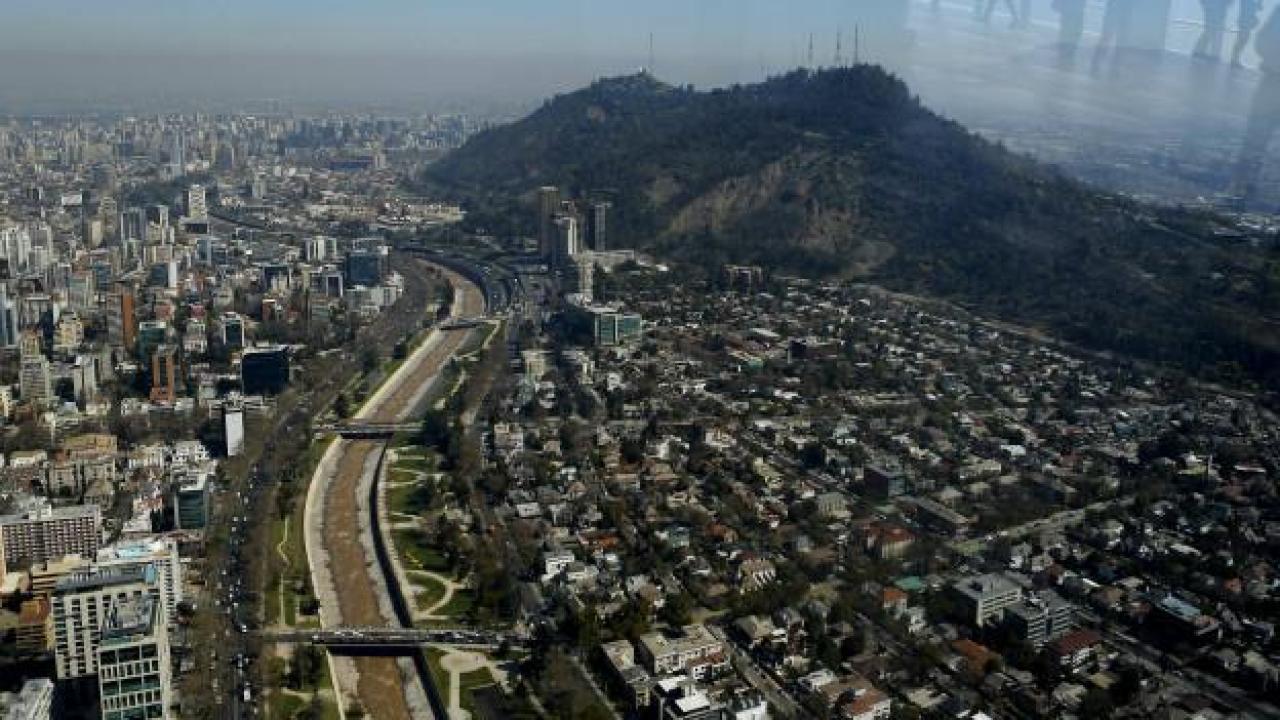
For 2025 and 2026, the multilateral agency expects growth of 2.7% and 2.6%, respectively. These rates are the lowest compared to any other region in the world.
This Wednesday the World Bank revealed its forecast for the regional GDP, at 1.6% in 2024. For 2025 and 2026, growth is expected to be 2.7% and 2.6%, respectively. According to the international organization, these rates are the lowest compared to all other regions in the world and are insufficient to boost prosperity. "With social transfers declining and wages not yet rebounding to pre-pandemic figures, many households are under pressure," said the institution.
The World Bank presented its GDP forecasts for 2024 by country as follows: Paraguay (3.8%), Uruguay (3.2%), Peru (2.7%), Chile (2%) , Brazil (1.7%), Bolivia (1.4%), Colombia (1.3%) and Ecuador (0.7%). In the case of Argentina, the forecast was revised downwards, from 2.7% growth to a contraction of 2.8%.
In this context, the World Bank recognizes that although Latin America and the Caribbean (LAC) have made significant progress in economic stabilization in recent decades, growth has stagnated, undermining progress and, therefore, urgent action is necessary to reverse course. In a new report, "Competition: The Missing Ingredient for Growth?", the World Bank highlights potential areas for action, emphasizing that leveraging competition policies and institutions is key to any impactful growth strategy.
"Persistent low growth is not just an economic statistic, it's a barrier for development. It translates into reduced public services, fewer job opportunities, depressed salaries and higher poverty and inequality. When economies stagnate, the potential of its people is constrained. We must act decisively to help Latin America and the Caribbean break away from this cycle," said Carlos Felipe Jaramillo, World Bank vice president for Latin America and the Caribbean.
Factors driving regional growth include low levels of domestic consumption and investment, high interest rates and fiscal deficits, declining commodity prices and uncertainty about the outlook for important economic players such as the US, China, Europe and other G7 countries. An adverse global scenario, marked by geopolitical tensions, disruptions to shipping through the Suez Canal and the El Niño phenomenon, could further deteriorate prospects.
Inflation management has been a key point in the region, reflecting decades of solid macroeconomic reforms. Regional inflation, excluding Argentina and Venezuela, stands at 3.5%, compared to 5.7% in OECD (Organization for Economic Cooperation and Development) countries.
In most of the region, inflation expectations remain anchored and central banks' targets are expected to be met in 2024. To capitalize on this progress and revive economies, LAC must address long-standing challenges. Reforms in infrastructure, education and trade are critical to improving their productivity and global integration.
"As the pandemic shock recedes, LAC’s growth rates mirror the ones of the 2010s. This shows that the region has not addressed persistent obstacles that block its potential, including low education levels, poor infrastructure, and high investment costs, which also fuel social discontent,” said William Maloney, World Bank Chief Economist for Latin America and the Caribbean.
"An agenda that drives growth forward is one that addresses these gaps seriously. Otherwise, the region will remain stuck and won’t be able to attract investments or seize new opportunities, such as nearshoring or the low-carbon economy. Improving competition systems should be part of these strategies, leading to improvements for consumers and businesses,” he emphasized.









